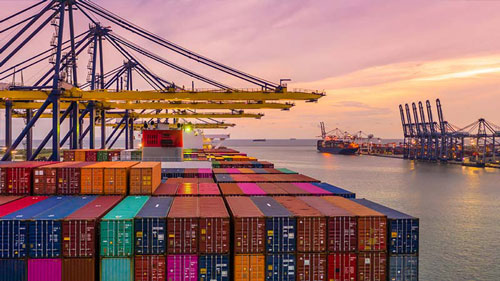China’s stringent rules to curb COVID-19, the surge in oil prices and the worldwide demand shock have shaken the tectonic plates of the international supply chain and cast a long shadow on the global logistics business.
The troika has exposed not only the fault lines in companies’ distribution strategies but also the lack of resilience among logistics firms to cope with the vagaries of the global economy.
“China is sadly passing through another lockdown, impacting our volumes. The challenge has nothing to do with us; it is from China itself,” Abdulaziz Busbate, country general manager of DHL Saudi Arabia, told Arab News. The leading logistic firm has seen a 20 percent rise in the cost of operations since the outbreak of the universal pandemic. The same holds true even for smaller supply chain companies.
“Before the pandemic, it took about $2,000 to import one container from China. Now it takes almost $7,000. Product prices are increasing daily,” said Muhammad Omer, co-founder and CEO of Aiduk Trading, a Riyadh-based company established in 2015.
According to Bloomberg Economics, a leading macroeconomic research service, China’s supply chain significantly dropped since April and is expected to worsen. What’s even worse? China’s port activity has fallen back to 2020-lockdown levels.
The Russia-Ukraine conflict has impacted inflation rates of many food, commodities and raw materials. Countries neighboring Russia and Ukraine have been hit the hardest — Lithuania, Estonia, and Latvia have endured inflation rates of 14 percent, 12 percent and 10 percent, respectively.
“The combination of the war and the supply and demand imbalances, especially in energy, will push up base metals.—Arab News










